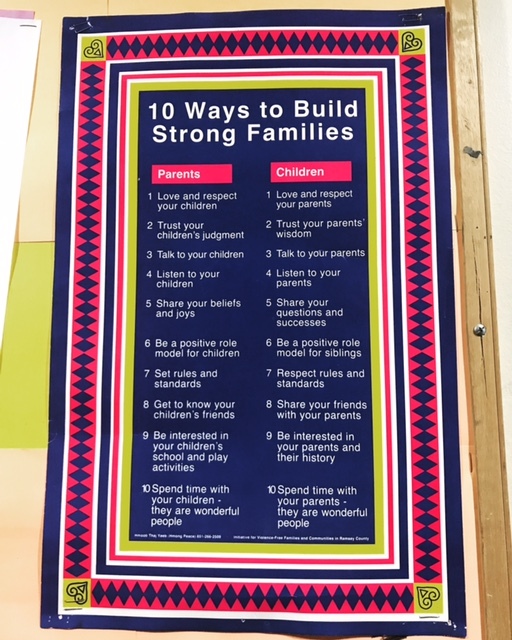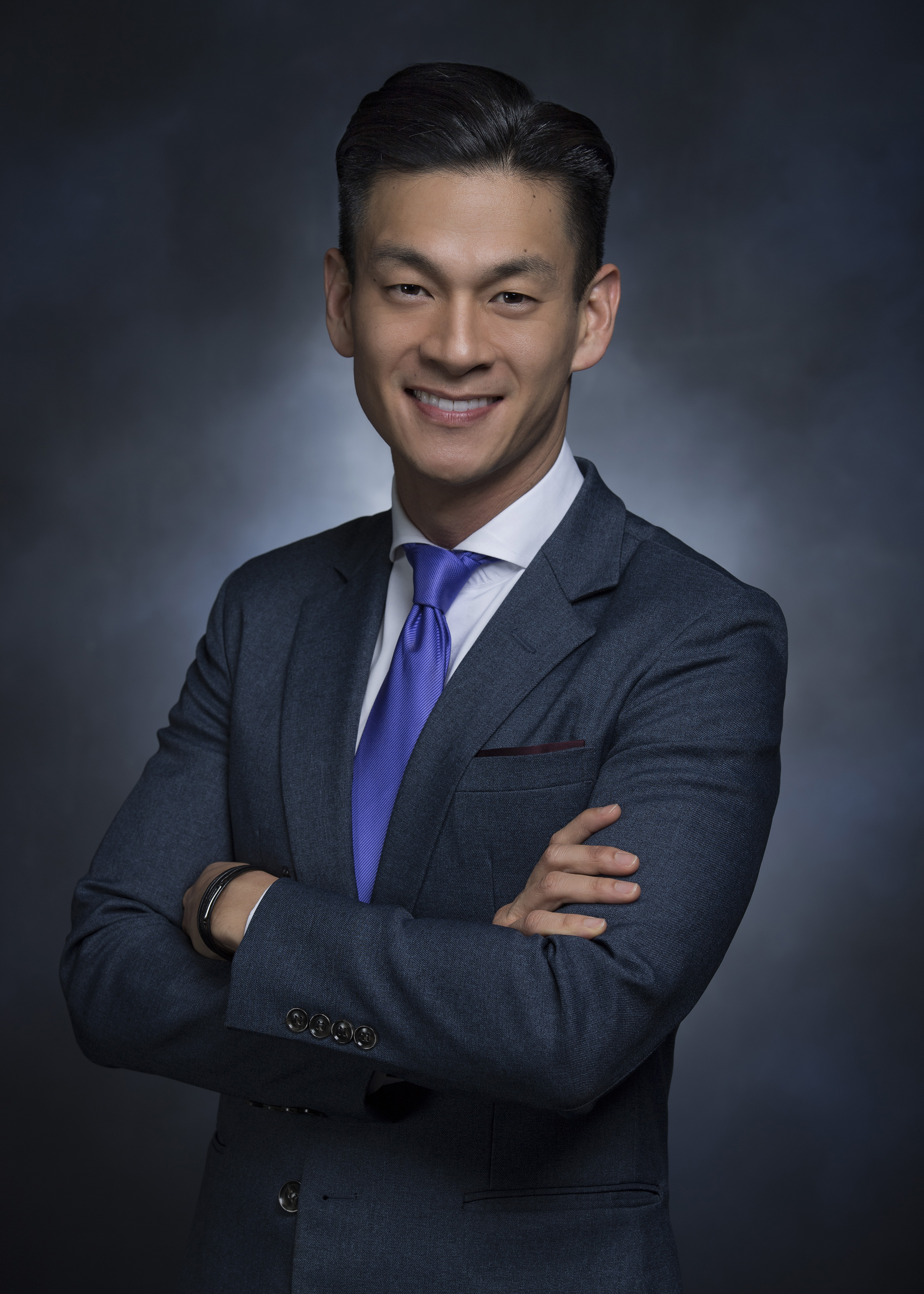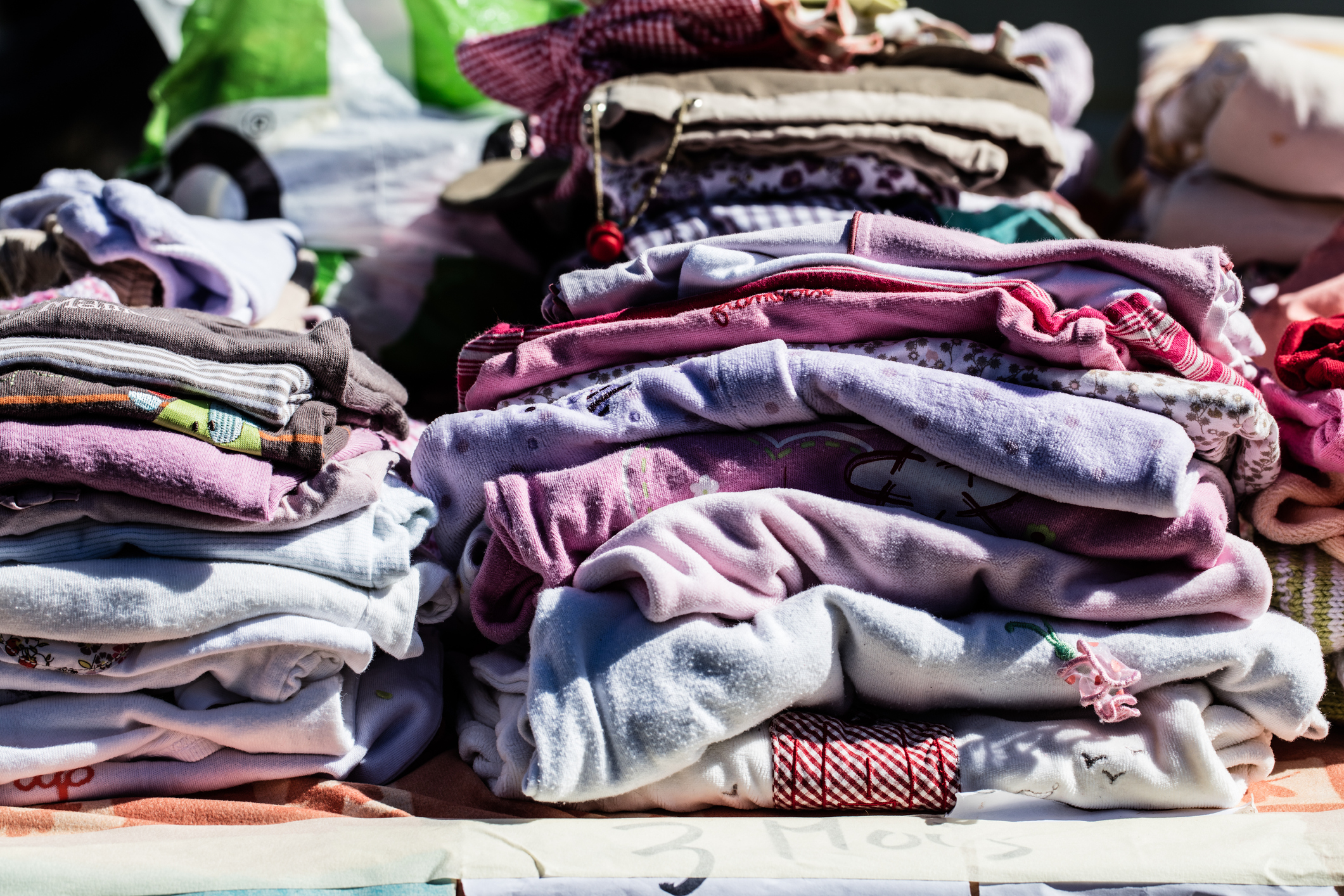In honor of National Suicide Prevention Week, we are sharing Chloe’s story. Chloe is a recent graduate of North Dakota State University in Fargo, ND. She graduated with a degree in Strategic Communications and International Studies. She is currently working at the YMCA and planning to pursue a career in modeling or international espionage.
My father died from manic-depressive bipolar disorder. Many would argue that he technically died from suicide, but in reality, it was his illness that killed him.
He grew up in a family full of mental illness and in a society full of stigma and at some point, he decided the help wasn’t helping and the legacy wasn’t worth having and he chose to leave our lives
I was thirteen when my mom had to tell me my dad was gone. The youngest of four siblings, I was the most blindsided by the news. When we all met in D.C. for the funeral I remember my brother saying, “I know it’s a hard time, but I think we saw this coming”.
That comment hit me like a brick.
See it coming? I knew Dad was angry a lot, I knew he struggled to be who I knew he really was, but I never saw this coming.
What I saw coming was that my dad would not watch me graduate high school, help me setup my first dorm, and someday walk me down the aisle. That he’d come to some more of my theatre performances, and teach me how to balance a checkbook and leave embarrassing comments on my Facebook photos. I never saw his suicide as something I should have been prepared for.
Because of this, I felt naive – like the whole world knew something that I didn’t and that losing people was simply a part of growing up. That maybe someday I’ll look back and realize losing him was the way my life was meant to play out.
Now, at twenty-two, I realize I was right to be naive.
I believe we should look at the world as children do. We should always see the potential for things to get better. There should never be a “I saw this coming” moment. We need to teach children that people’s brains get sick too and it’s okay for them to go to the doctor because at the end of the day, suicide doesn’t eliminate pain – it radiates it.
Suicide doesn’t let people leave quietly but rather explodes like a bomb and damages all of those around them. It doesn’t take away pain, but transfers it to those close enough to the detonation.
Suicide is the tenth leading cause of death in the United States. And while we might all know of someone who has tried or taken their life we need not succumb to a numbness that it is normal because it is anything but normal.
About a week after my dad passed I returned to school. My mom said l could tell the other kids that my dad’s heart stopped unexpectedly if I wanted to. She knew I wouldn’t lie to people, but technically it wasn’t a lie, even though it wasn’t really the truth. And I took her advice, thinking it would be easier to avoid talking about it to people that couldn’t possibly understand the situation. I was afraid of people asking me how I was. And in this time I perpetuated the very thing that hurt my family. I feared seeking help and I feared what people might say about my father – because, after all, they had never known him.
Now, I choose to tell the truth. My dad took his own life and it hurts. And yes, it’s an awkward conversation. Oftentimes people don’t know how to respond. There’s a strange obligation to make the other person feel better – as if I hurt them by telling them about my hurt.
But every once in a while it opens the door for conversation about hard topics. The other person may realize I’m someone who understands them. That I have lived through it and I understand how it tears your world apart.
That one small act of support can redirect someone entirely.
I need awareness and advocacy because I’m sick of people dying from illnesses that can be treated. I’m sick of the societal stigma perpetuating the idea that people are struggling alone – because the reality is there’s always a community of people that will reach back.
We need people to educate others on mental illness, and let people know it’s okay to seek help. To advocate for access to programs, psychiatrists, or medicines. To fight back when people stigmatize or stereotype.
We need less little girls holding their dad’s goodbye letter.
We need less “I saw this coming” and more “don’t worry, there’s hope”.
We need more “I’ve been through that too”.
We need to learn to ask the tough questions and tell people the hard answers because those conversations may be uncomfortable but they are the only way we’re going to speak life into hopeless situations. I wasn’t put on this earth to be comfortable, and at the end of my life, I’m not going to look back and be proud that I asked the easy questions. That’s not where our humanity lies.
No one should be led to believe their life lacks worth – and the more we talk about it, the more people can realize they’re not alone.
To the ones that understand, educate.
To the ones that have lived it, relate.
To the ones that need help, seek it.
If you know someone at risk of suicide, please call The National Suicide Prevention Lifeline at 1-800-273-TALK or Text “START” to 741-741 to Crisis Text Line

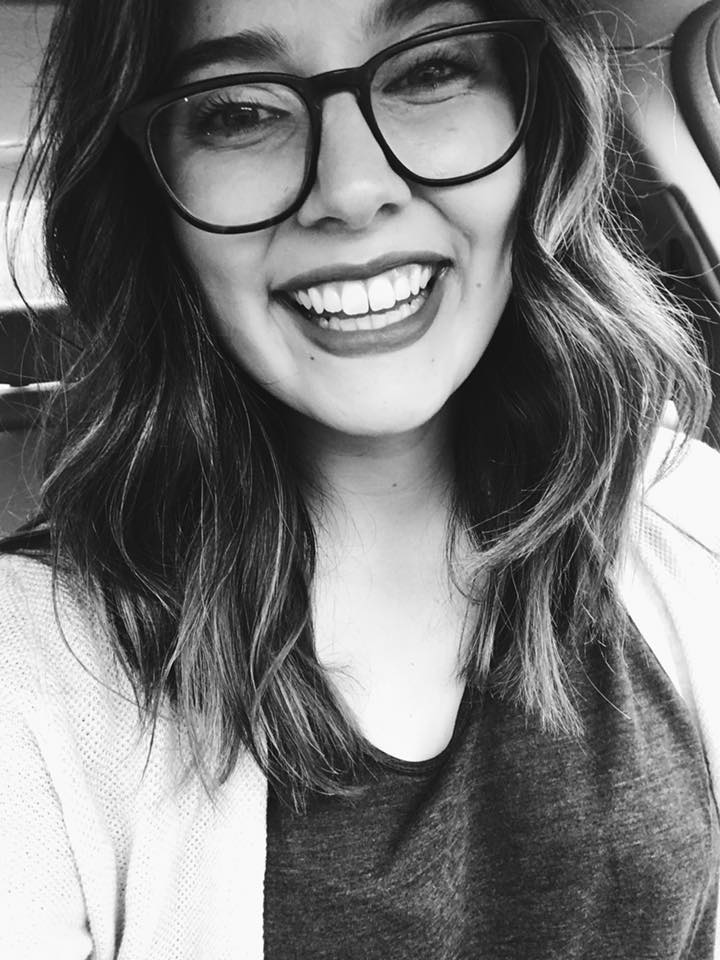
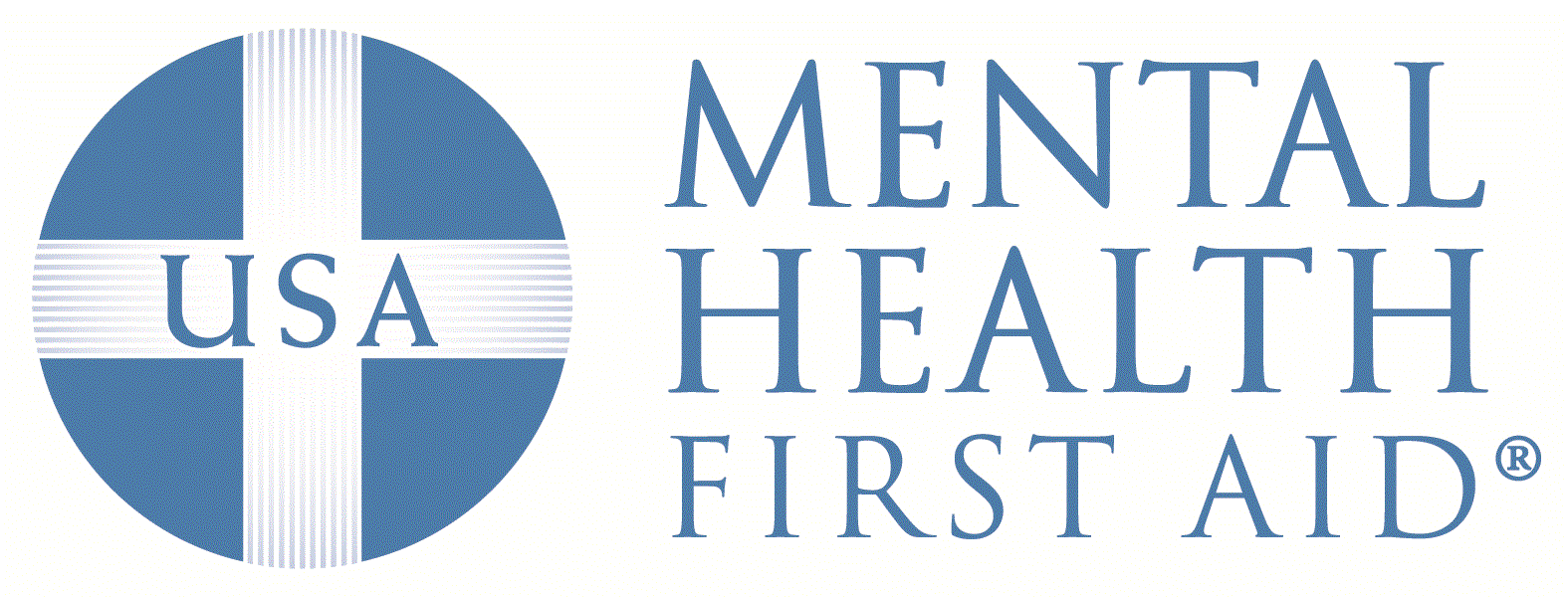
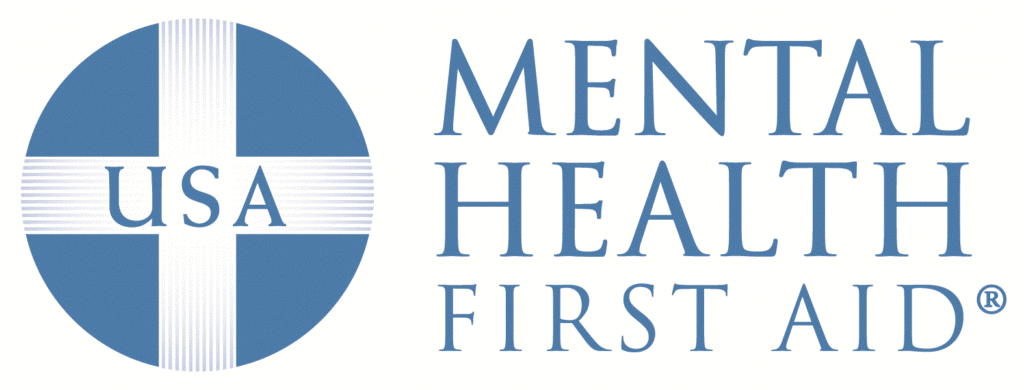 “Thank you for being part of a community capacity-building program that empowers laypeople to show concern and kindness so that any challenge a child may be struggling with doesn’t have to turn into a crisis.” That’s how I begin and welcome all my trainees during my Mental Health First Aid courses.
“Thank you for being part of a community capacity-building program that empowers laypeople to show concern and kindness so that any challenge a child may be struggling with doesn’t have to turn into a crisis.” That’s how I begin and welcome all my trainees during my Mental Health First Aid courses.